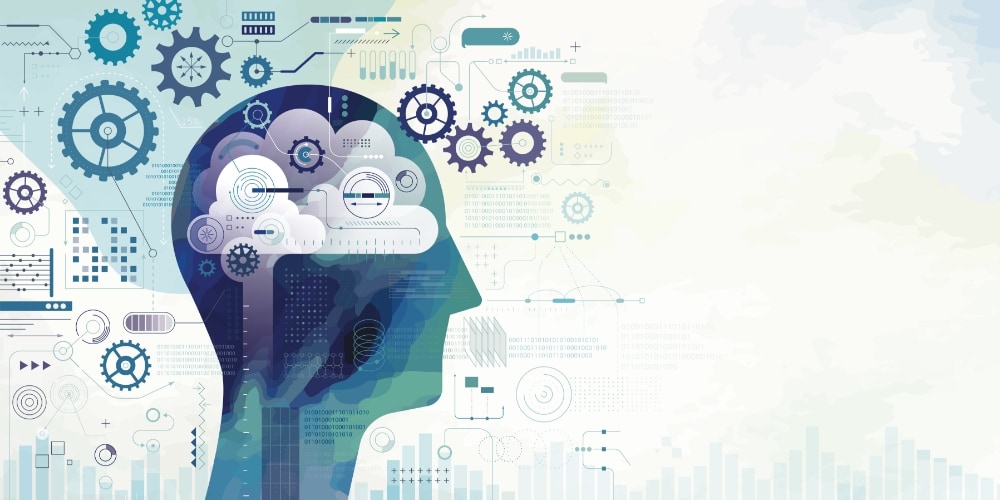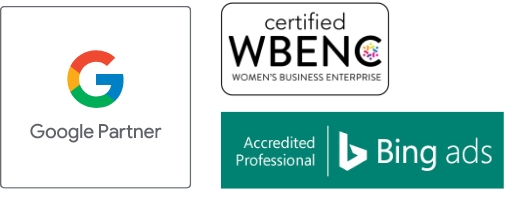
How AI Can Revolutionize Higher Education Marketing
Higher education marketers have their work cut out for them. The continually changing landscape makes it more and more difficult to reach and convert prospective students, retain current students, engage alumni, and elevate the school’s brand story. Every activity must be strategic, and every marketing team must be efficient and effective.
Many successful higher ed marketers are turning to generative AI for help, with great success. They are finding the tool offers unparalleled support that drives efficiency into the art of marketing and helps deliver more efficiency day to day. The key is to use the tool judiciously and thoughtfully.
GENERATIVE AI: HOW IT WORKS
Generative AI is a powerful tool that’s making waves in industries like gaming, virtual reality, and film. In higher education, this technology offers big advantages, too. With the right prompts, it can quickly provide insight into demographic behavior patterns and preferences and generate content ideas that will resonate with those demographics. It can also take over tedious tasks, like analyzing content for bias, optimizing content for search, writing engaging social media captions for videos, and so much more.
Generative AI showcases its versatility by processing a range of inputs, from text to sketches and images – a capability known as “unconditional generation.” Although generative AI might initially appear to be a novelty, its broader implications are substantial. For professionals, it can serve as a game-changing tool to enhance productivity and foster heightened creativity.
THE IMPLICATIONS FOR HIGHER EDUCATION
Generative AI is poised to reshape the very fabric of higher education instruction and marketing. By crafting personalized content, for instance, it could elevate teaching methods, allowing institutions and instructors to generate educational materials to use alongside textbooks and lectures.
For higher education marketers, this technology offers a unique avenue to forge deeper, more personalized connections with both prospective students and alumni. Just as platforms like YouTube revolutionized learning, generative AI stands as a transformative force, heralding a new era of engagement and enriched experiences via marketing.
HARNESSING AI IN HIGHER EDUCATION MARKETING
Along with its machine learning subset, generative AI allows predictive models to be created that can maximize enrollment and retention and optimize workflows and processes. It can – and has – transformed higher education marketing in myriad ways:
- Recruitment Revolution: Using data-driven algorithms to identify potential students who are most likely to succeed, graduate, and evolve into active alumni
- Geographical Insights: Adjusting outreach based on regional trends
- Admissions Automation: Streamlining visa processing, housing selection, and course registration processes
- Personalized Journeys: Tailoring student interactions from day one to enhance connection and engagement
- Proactive Retention: Identifying students who might struggle and the warning signs of disenrollment to create preventive, personalized retention plans
The effects of these personalized, streamlined processes can be profound for higher education marketing teams, their institutions, and their institutions’ students:
- Boosted Efficiency: Refined administrative and outreach efforts become more effective.
- Elevated Reputation: Consistent high-value experiences for students, parents, and alumni heighten your institution’s reputation in the community and nation.
- Improved Student Performance: Tailored support and proactive plans increase student success.
Generative AI isn’t just a tool for automation – it’s an ally in enhancing student experiences and marketing processes, leading to better outcomes for students and institutions alike.
CONSIDERATIONS AND CHALLENGES
Despite the evident benefits, incorporating AI in higher education marketing presents several challenges. Ethical considerations, like privacy and proprietary concerns and possible algorithm biases, need careful consideration. Implementation barriers – including cost, infrastructure needs, and talent acquisition – must also be overcome. Additionally, user adoption can pose challenges due to resistance to change, the need for training and support, and the delicate balance of human-AI interaction.
Despite these hurdles, a holistic approach to AI adoption that prioritizes ethical considerations, infrastructure and talent investments, and user support can pave the way for successful AI integration in your higher education marketing strategies.
WELCOME YOUR UNIVERSITY TO THE FUTURE OF MARKETING
AI’s integration into higher ed marketing offers substantial benefits and presents unique challenges. AI tools enable personalized marketing, data-driven decision-making, and improved student experiences, which can boost efficiency, enhance student outcomes, and give institutions a competitive edge. However, institutions must thoughtfully navigate ethical, implementation, and user adoption challenges to harness the full potential of this technology.
Despite its perks, generative AI can only do so much. If you want to experience real change in the efficacy of your marketing strategies, reach out to LIGHTSTREAM today.
